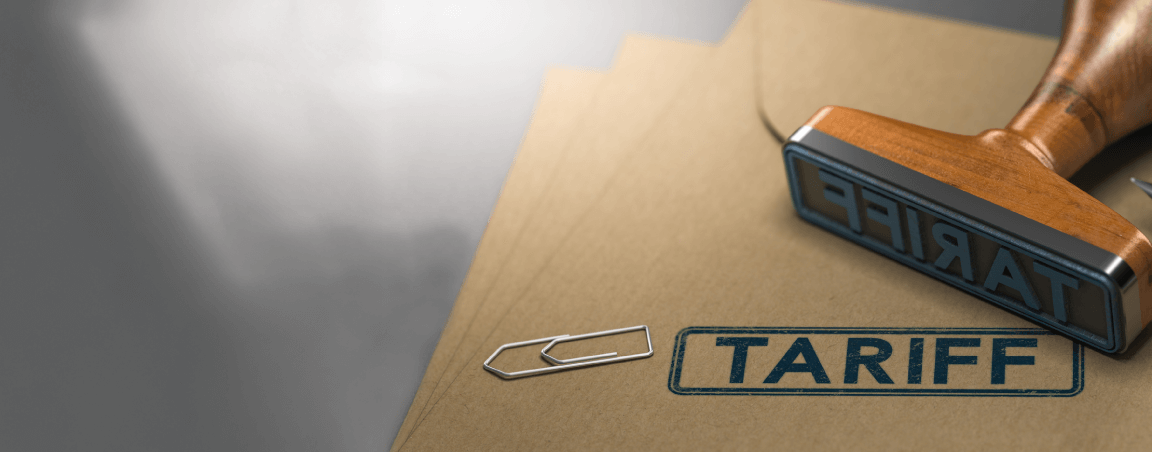How Tariffs Affect Supply Chains in Abu Dhabi, Dubai & Riyadh — Strategies for Risk Mitigation
As the global trade landscape grows more complex, businesses in the GCC (Gulf Cooperation Council) are increasingly feeling the ripple effects of international tariff policies. Whether it's tariffs imposed by the U.S., the EU, or China, or retaliatory duties between global economic powers, these changes can significantly impact supply chains, costs, and competitiveness—even for companies based in duty-free or low-tariff environments like the GCC.
So how exactly do global tariffs affect GCC businesses—and what can be done to navigate these shifts?
Understanding Tariffs in a Global Supply Chain
Tariffs are government-imposed duties on imported or exported goods, typically used to protect domestic industries or respond to foreign policy tensions. While GCC countries have historically benefited from low tariff regimes and robust trade agreements, the global interconnectedness of today’s supply chains means that tariff policies elsewhere can still impact regional operations.
For example:
- A GCC manufacturer that imports raw materials from China may face rising prices due to tariffs China pays to export to other markets.
- A logistics provider in the UAE handling U.S.-bound cargo from Asia may see reduced volumes if trade flows shift due to tariffs.
- A Saudi exporter sourcing components from Europe could experience cost hikes if retaliatory tariffs disrupt the availability of affordable parts.
5 Ways Global Tariffs Affect GCC Businesses
1. Increased Input Costs
Tariffs on steel, aluminum, electronics, chemicals, or machinery in other markets can lead to higher costs of imported raw materials, even in free trade zones. These costs eventually flow downstream to GCC-based manufacturers, distributors, and construction firms.
2. Supply Chain Disruptions
Sudden shifts in trade policies often result in re-routed shipments, port congestion, and procurement delays. GCC businesses relying on "just-in-time" inventory models are especially vulnerable.
3. Margin Pressure on Exporters
When overseas buyers face tariffs on goods imported from the GCC or goods assembled using GCC-sourced materials, exporters in the region may have to absorb part of the tariff burden to remain competitive, compressing their margins.
4. Shifts in Supplier Networks
Freight forwarders and logistics providers in the GCC often serve as transshipment hubs. Global tariff changes can lead to restructuring of trade routes, reducing volumes through key GCC ports and logistics zones.
5. Reassessment of Trade Routes
Speed-to-market can make or break a product launch. Businesses that compress their supply chains can respond to trends faster than the competition.
Case in Point: U.S.–China Trade Tensions
The multi-year tariff conflict between the U.S. and China has had downstream consequences in the GCC:
- Electronics assemblers in the UAE sourcing from China had to diversify to Vietnamese or Indian suppliers.
- Logistics operators in Jebel Ali and Dammam saw rerouting of U.S.-bound goods that once passed through GCC consolidation hubs.
- Petrochemical companies faced changing demand patterns as trade flow between Asia and North America shifted.
What GCC Businesses Can Do
✅ Diversify Suppliers
Avoid over-dependence on any single country. Regional alternatives, such as Turkey, India, and Southeast Asia, can mitigate exposure to tariff shocks.
✅ Leverage Free Trade Agreements
Take full advantage of FTAs like the GCC-Singapore FTA, the Greater Arab Free Trade Area (GAFTA), and bilateral deals with countries like India and China to lower tariff exposure.
✅ Strengthen Supply Chain Visibility
Use digital logistics platforms (like Transportr) to gain real-time visibility into routing, cost changes, and customs impacts. This enables proactive decision-making when tariffs shift.
✅ Work With Trade Experts
Customs brokers, legal advisors, and global trade consultants can help assess product classification strategies, duty drawbacks, and tariff mitigation tactics.
✅ Plan for Long-Term Volatility
Treat tariffs as a strategic variable—not a short-term exception. Incorporate scenario planning and risk assessments into supply chain and sourcing strategies.
Conclusion: Turn Tariff Risk Into Strategic Advantage
While GCC businesses may be geographically removed from tariff disputes, they are far from immune to their consequences. The key is to stay informed, flexible, and proactive—leveraging tools, trade networks, and digital solutions to maintain competitiveness in a volatile global trade environment.
Looking to future-proof your logistics operations?
Explore how Transportr can help you navigate shifting trade routes, optimize freight sourcing, and improve your supply chain resilience. Contact us or sign up today.
